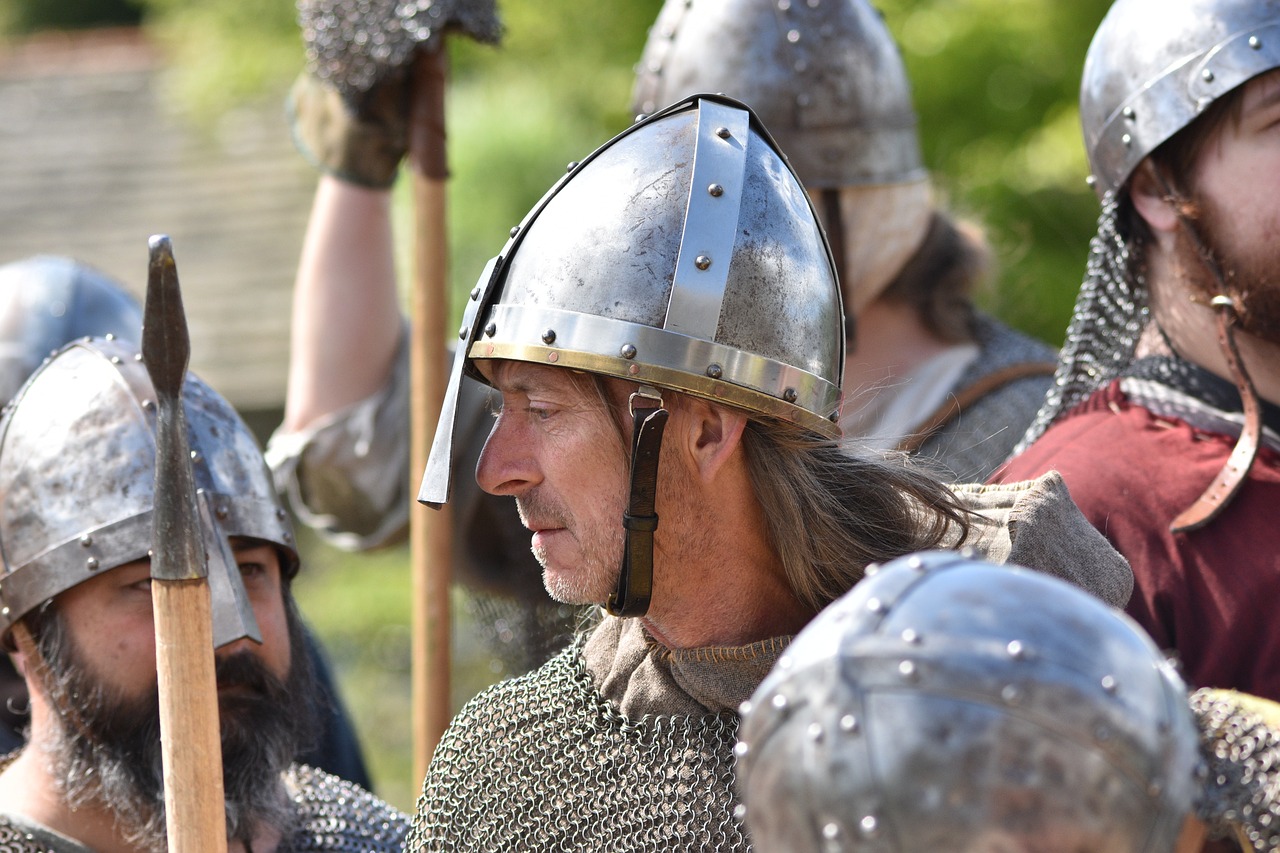The goddess Ran personifies the tumultuous nature of the sea in Norse mythology, representing its might and mystery. As a powerful figure, she partners with her jötun husband, Aegir, making them the divine embodiments of the ocean. Ran is known for conjuring fierce storms and, unfortunately, claims the lives of numerous sailors who venture into her domain.
Her origins remain largely ambiguous, adding to her formidable reputation. Sailors feared that while navigating the ocean or even a river, they might encounter her waiting with her infamous net.
Ran’s Background
Few details about Ran’s lineage are documented, leaving much to speculation and mythos. She is lacking siblings, yet her union with Aegir firmly roots her in the maritime world. What remains uncertain is whether she belongs to the Aesir or the Vanir, leading to some belief that she might have Vanir heritage. This theory stems from the shared obscurity surrounding her past, drawing parallels with figures like Njörd, Freyr, and Freyja, who likewise hail from the Vanir.
The Etymology of Ran
The name “Rán,” derived from Old Norse, translates to “robbery” or “plunder,” embodying the fear that maritime folk held toward her. This nomenclature is potent—it signifies not only the physical act of taking lives from sailors but also functions as a broader allegory for the transformative cycle of existence. As such, the interpretation of her name acts as a potent reminder of the respect and caution paramount in dealings with the sea and its governing goddess.
Kennings and Descriptive Language
Kennings embellish Old Norse poetry, offering metaphorical descriptors that hint at the complex nature of their subjects. For Ran, kennings serve to both hide and reveal her attributes. The sea is often referred to as the “Husband of Rán” in recognition of her deep link with Aegir, showcasing their intertwined natures. Further, expressions like the “Land of Rán” or “Land of Aegir’s Daughters” evoke the sea as a living entity, highlighting her presence amidst the chaos.
Ran’s Family and Offspring
Ran’s family structure is extensive, comprised of nine daughters, each representing unique qualities of ocean waves. These daughters bear names that reflect various aspects of the sea’s character:
– Himinglæva: Represents the serene sea surface reflecting the heavens.
– Dúfa: Symbolizes the waves’ oscillating nature.
– Blódughadda: Captures the colors of seaweed or twilight ripples.
– Hefring: Illustrates the rising swell of powerful ocean currents.
– Udr: Represents the frothy crest of waves.
– Hrönn: Signifies the gathering force of the sea.
– Bylgja: Encompasses the rolling, constant motion of waves.
– Dröfn: Captures the foam-laden surface of the ocean.
– Kólga: Evokes the chilling touch of the sea.
These names do more than identify; they evoke the myriad personalities of the sea that her daughters embody, each an integral part of the Norse narrative surrounding the ocean.
Extended Family
Interestingly, there is a potential familial link between Ran and Heimdall, the gods’ watchman, as he is said to have nine mothers—sisters whose lineage could correlate with Ran’s daughters. This possibility further entwines Ran within Norse mythology’s intricate kinship structure, underscoring the interconnected nature of their divine families.
Ran’s Role in Mythology
Ran’s depiction diverges sharply from other sea deities. While Njörd is associated with maritime wealth and Aegir is portrayed as a host of feasts, Ran stands as the fierce embodiment of the sea’s captivating yet perilous character. Together, Aegir and Ran symbolize the full spectrum of oceanic duality: Aegir nurtures life while Ran reclaims it, with her iconic net emblematic of her dominion over drowned souls, drawing them into her watery embrace.
Artifacts and Textual Mentions
The net is a principal symbol for Ran, demonstrating her control and the fear she instills. It has also appeared in myths beyond her immediate narrative, illustrating its significance in the Norse mythos.
Various ancient texts reference Ran, including the Prose Edda’s Skáldskaparmál, which illustrates her role through kennings that connect her to Aegir and presents the sea’s treasures as metaphors for the riches associated with them. Ran’s presence is also invoked in texts like the Völsunga saga and Sonatorrek, where her impact and the emotional toll of her actions on humans are poignantly expressed.
Conclusion
Ran remains a figure of fascination within Norse mythology, representing both the life-giving and life-taking aspects of the sea. Her mysterious nature, compounded by her feared powers, continues to intrigue scholars and enthusiasts alike, underscoring the need for respect towards the unpredictable forces of nature.



